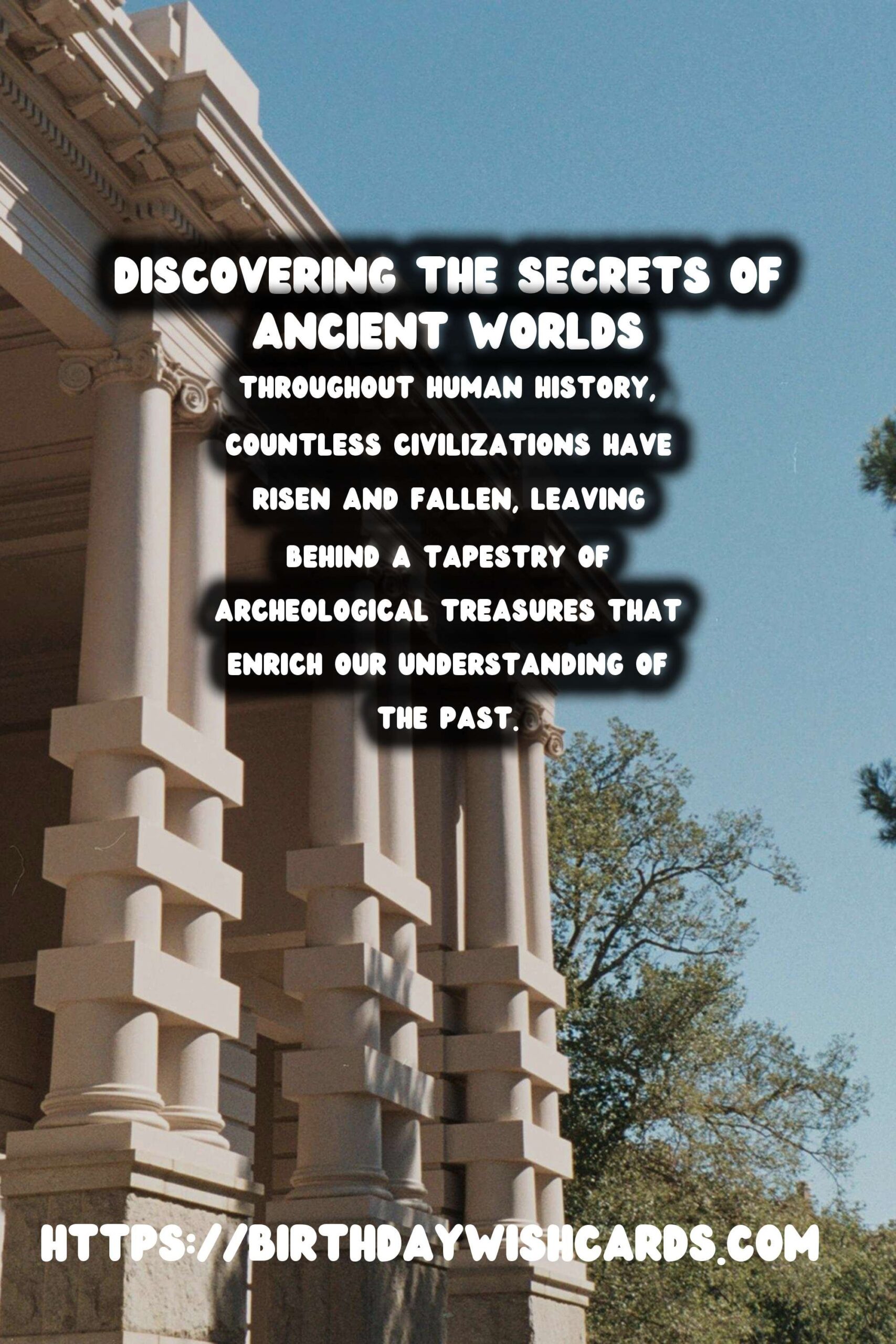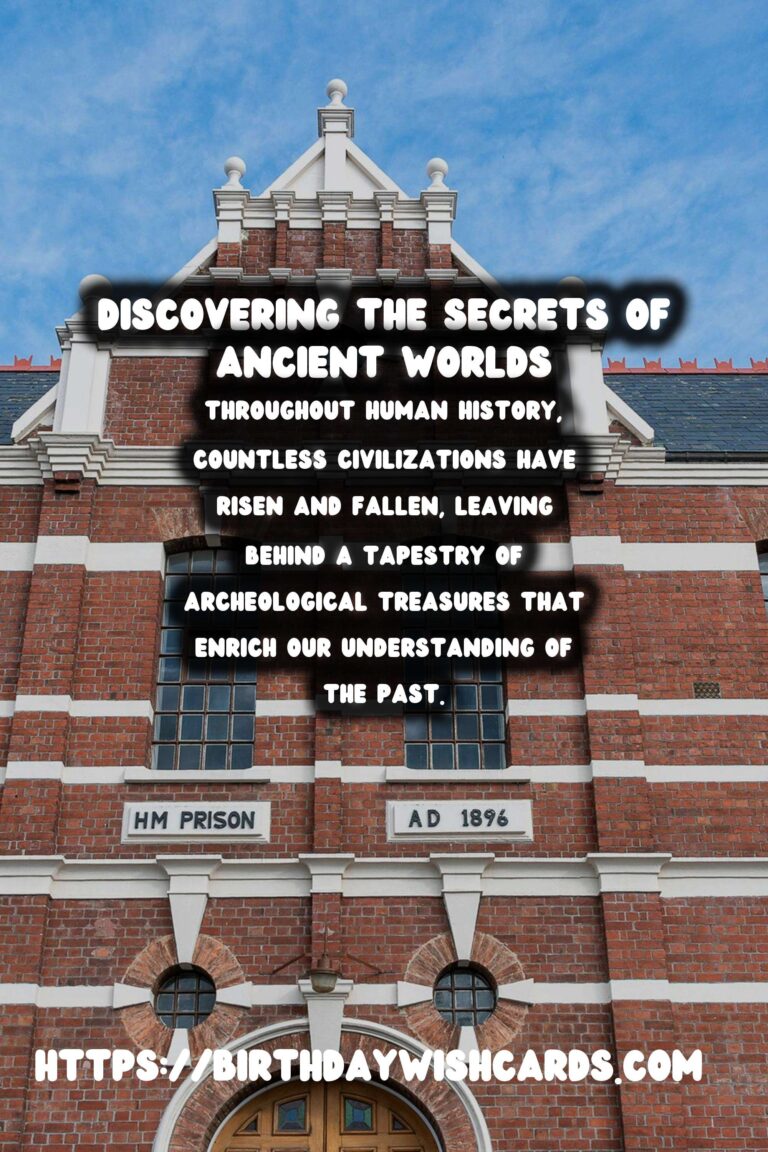
Throughout human history, countless civilizations have risen and fallen, leaving behind a tapestry of archeological treasures that enrich our understanding of the past. Among these, underground historical sites hold a unique place. These subterranean relics, once bustling with life, now lie hidden beneath layers of earth, waiting to whisper their stories to those who venture to discover them.
The Intrigue of Underground Historical Sites
Why do underground historical sites captivate the imagination of historians and archaeologists alike? The mystery of what lies beneath the ground is compelling; each site offers a unique snapshot of a bygone era. Whether it’s the haunting catacombs of Rome or the ancient city of Derinkuyu in Turkey, these sites provide invaluable insights into the lives and cultures of those who left them behind.
These sites vary widely in scope and origin—from ancient cities buried by natural disasters to sanctuaries purposely hidden underground for protection. The very act of preservation underground protected many artifacts and structures from the ravages of time and human interference.
Archaeological Techniques and Technologies
Exploring underground sites requires specialized techniques and cutting-edge technologies. Ground-penetrating radar (GPR), LIDAR, and 3D imaging are just a few tools archaeologists use to penetrate below the earth and unveil these hidden worlds. These technologies not only reveal the presence of structures hidden underground but also assist in planning excavations meticulously to preserve the context and condition of the sites.
Once unearthed, the challenges lie in preservation and interpretation. Many underground sites are sensitive to changes in humidity, temperature, and air exposure, which can accelerate decay if not carefully managed. Archaeologists work closely with conservationists to ensure these ancient wonders are stable and preserved for future generations.
Significant Underground Sites Around the World
One cannot discuss underground archaeological sites without mentioning the Catacombs of Paris. An eerie yet astonishing example of underground architecture, they depict centuries of city life. Initially built to consolidate Paris’ cemeteries in the 18th century, they are now a historical landmark.
The city of Derinkuyu in Turkey stretches several levels underground and is an engineering marvel. Believed to have been built during the Byzantine era, this underground city was likely used as a refuge during times of invasion. Its complex network of passages, rooms, and even sections for livestock show a high degree of planning and understanding of subterranean living.
Equally fascinating is the subterranean city of Naours in France. Over centuries, it has served many purposes, from wartime hideouts to religious sanctuaries. Rediscovered and opened to the public, this underground labyrinth continues to reveal secrets with ongoing archaeological studies.
Cultural Significance and Preservation
Underground sites are more than remnants of the past. They are cultural touchstones that provide tangible links to human history. Their narratives and artifacts shed light on the daily life, spiritual beliefs, and socio-political ecosystems of ancient peoples, offering both educational value and rich historical context.
The preservation of these sites is a global responsibility, not only to maintain our historical legacy but also to foster future discoveries. Governments, academic institutions, and local communities often collaborate to manage and protect these precious heritage sites.
Challenges Facing Underground Archaeological Exploration
Despite their allure, underground sites present several challenges. Uncontrolled urban development, looting, and inadequate funding for research and conservation often threaten their existence. Public awareness and reforms in archaeological policy are necessary to ensure their protection.
Moreover, balancing public access with preservation can be tricky. Many sites are opened to the public to foster appreciation and tourism, yet this increases wear and potential damage. Sustainable tourism practices and strict regulation are essential to maintain a balance between exposure and conservation.
A Glimpse into the Future
With advancements in technology, archaeologists have only begun to scratch the surface of what lies beneath our feet. Future archaeological endeavors are likely to uncover even more astounding discoveries that will further enrich our understanding of ancient civilizations.
Innovative technologies such as AI and machine learning hold the potential to analyze data and predict where future excavations might yield significant finds. The future of archaeological science is bright, with underground sites continuing to be at the forefront of new revelations.
Conclusion
Underground historical sites are windows to the mysterious past of human civilization. Their archaeological significance cannot be overstated; they allow us to peer through the veil of time to understand and appreciate the complexities of human life across eras and regions. As we unearth these hidden treasures, let us also commit to preserving them for future generations, ensuring their stories are not lost to time.
Throughout human history, countless civilizations have risen and fallen, leaving behind a tapestry of archeological treasures that enrich our understanding of the past. These subterranean relics, once bustling with life, now lie hidden beneath layers of earth, waiting to whisper their stories to those who venture to discover them.
#Archaeology #HistoricalSites

